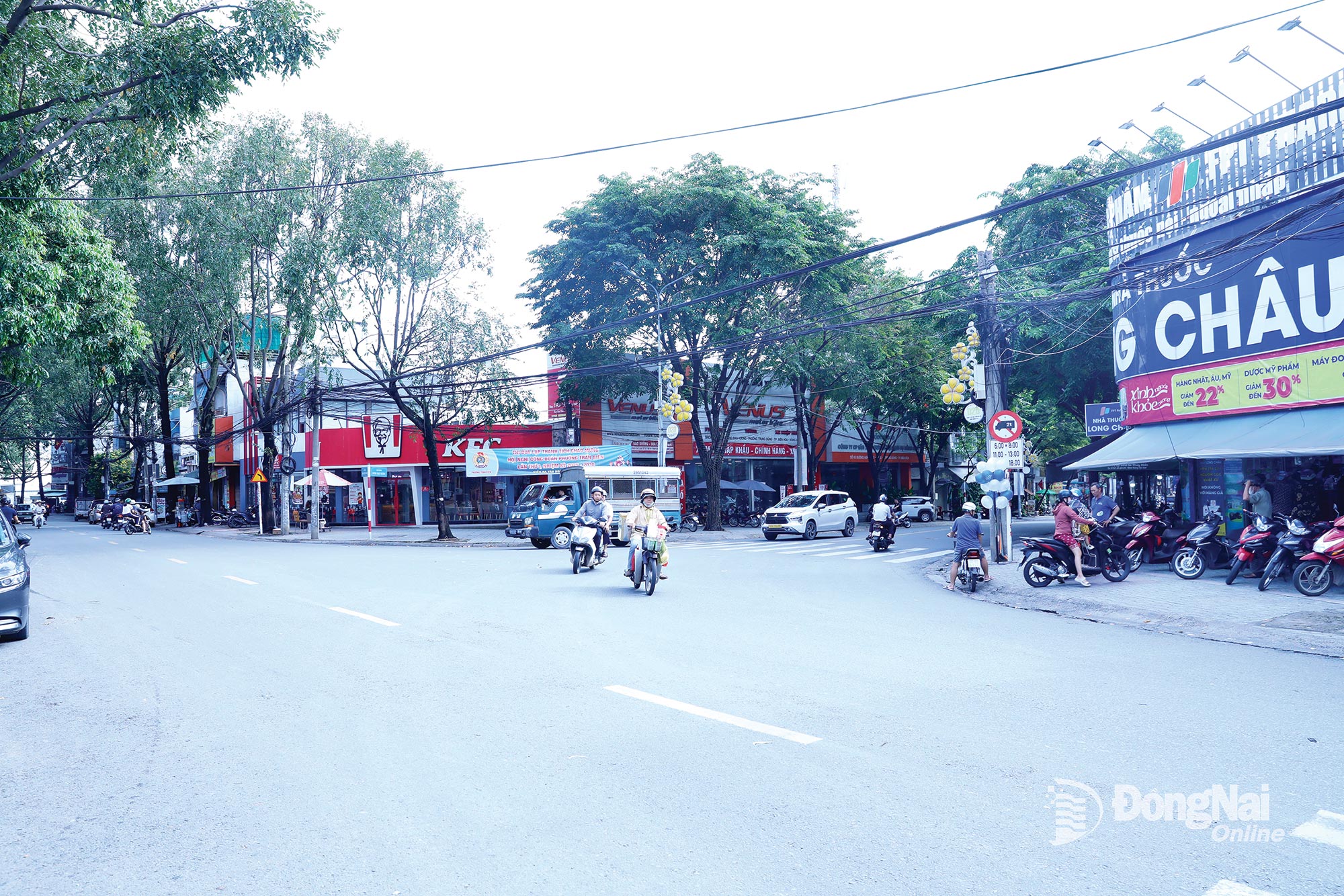 |
| A corner of Thanh intersection (in Thanh intersection neighborhood, Tran Bien ward) today. Photo: Huy Anh |
According to Resolution No. 75/NQ-HDND dated December 20, 2024 of the Provincial People's Council on the establishment, renaming, and dissolution of hamlets and residential areas in Tan Phu district, Vinh Cuu district, Long Thanh district, Long Khanh city and Bien Hoa city, the popular name "Thanh Intersection" has been "administratively" transformed into Thanh Intersection residential area in Tran Bien ward.
A familiar yet strange place name
Perhaps the place name Thanh Junction was mentioned in the earliest books and the most difficult to know the truth of is that of the late writer Ly Van Sam (1921-2000). In an article written in 1986 titled Bien Hoa City Seventy Years Ago, he said: “Until 1916, Bien Hoa City (then called Binh Truoc town) still had no electricity. The roads were paved with green stones from Buu Long Mountain and Chau Thoi Mountain... The roads leading out of the market were all scary "paths of life". Rumor has it that: There was a female devil appearing at Thanh San Da Junction, there was a pervert whose leg was broken by Deputy Commissioner Bernard near Tan Lan communal house...”.
Mr. Luong Van Luu, author of the book "Bien Hoa Local History Summary" in the article "Bien Hoa Province" in the early 20th century, said: Bien Hoa Citadel was built with earth, and during the Minh Mang period, it was rebuilt with laterite. Later, the French army repaired and reduced it to make it more solid. When the Japanese army occupied it, they dug up and removed two cannons placed in front of the citadel gate and took them away. During the Republic of Vietnam period, the trench system located in the East of Bien Hoa Citadel was filled in and housing was built, gradually turning this area into the busiest commercial area of the city in the years 1965, 1966, 1967.
The "busiest commercial area in the city" Bien Hoa that the editor Luong Van Luu mentioned here is actually a part of the Thanh Crossroads area today. During the war, this place was considered the most peaceful in Bien Hoa because it was the city center, surrounded and tightly protected by all agencies: police, military of France, then America and the Saigon government. In particular, from the end of 1965, after the 173rd US Airborne Brigade arrived and stationed at Bien Hoa Airport and Hoc Ba Thuc Base until 1972, Thanh Crossroads emerged as a notorious entertainment area of the US expeditionary force with rows of snack bars (fast food stalls or restaurants with alcoholic drinks) springing up close together along with many other entertainment services.
Special residents
The reason why the Thanh Crossroads area was protected and controlled very tightly by the old regimes was because this was the central location of the inner city and later Bien Hoa city. In this area, next to Bien Hoa Citadel, there were several special and extremely important public buildings, which used to be the headquarters of the French military intelligence agency (Deucieme Bureau Secteur Bien Hoa); during the Republic of Vietnam period, it was the Military Security Department 3 (ANQĐ), later changed to Zone 32 ANQĐ and then Ty 3 ANQĐ. This was an interrogation center for "Viet Cong prisoners of war" of the entire puppet tactical zone 3.
Only 3 houses away from the ANQĐ headquarters on Phan Chu Trinh street and next to a row of snack bars that were noisy day and night owned by the wives of several ANQĐ majors, on Phan Dinh Phung street was house number 55 (later changed to 135). Few people knew that this was a particularly safe "permanent residence" for "Viet Cong soldier" Tu Len - aka Pham Van Len - Commander of Bien Hoa Special Forces (after liberation, Thanh was the deputy commander of Bien Hoa). More specifically, also at the house located in the Thanh intersection area, where MP (US military police), military police, and national police patrolled and were on duty day and night, it was also the place where a Viet Cong soldier was hidden for up to 6 months. That person was Ba Long (Trieu Thanh Long) - Political Commissar and Deputy Commander of Vinh Cuu District Team. On July 13, 1971, while commanding the attack on Lo Than police station in Trang Bom, comrade Ba Long was hit by dozens of bullets all over his body, severing his femoral artery. Comrade Ba Long was given emergency treatment and had to have a part of his thigh amputated, but then his abdominal wound relapsed, and the enemy was fiercely attacking the base area, and even transferring the wounded to the front line was not possible. Seeing that comrade Ba Long was in a life-threatening condition, the Standing Committee of the U1 Provincial Party Committee met and passed a resolution allowing comrade Ba Long to be sent to Bien Hoa for treatment. So, dressed as a puppet wounded soldier, revolutionary wounded soldier Trieu Thanh Long was brought close to the "tiger's mouth" for treatment.
The owner of this "evil" house is Mr. Chin Dau - a contractor specializing in supplying wood and forest trees exploited from Bau Sao and Bau Ham areas; especially providing many bee and farm owners... with refurbished military vehicles due for liquidation. To be able to do business in such extremely sensitive fields, Mr. Chin Dau has a very important talisman; that is, a travel card with a photo and the full name of the person who is granted it: Corporal Nguyen Van Dau, military number 58/123950, serving at Zone 32 ANQD, KBC 4966, signed and stamped by Colonel Do Mau - Director of the ANQD Department. Notably, Corporal Dau is also the driver for Colonel Chu Van Sang - Head of the 3 ANQD Department, so although his rank is only a non-commissioned officer, he still lives in a house close to the agency and has relationships and acquaintances with many powerful people. Having been recruited by Mr. Ho Quoc Nghi - the officer in charge of liaison work and then transferred to the special forces in Bien Hoa city, Mr. Chin Dau directly organized the making of real identity cards for 14 revolutionary cadres operating in the city.
Thanh crossroads today is known by many people for Thu Ha duck egg shop, Siu Siu cake shop, Ba Phi bakery...; especially Audiophile Hiep Pham, famous among electronic music enthusiasts nationwide.
Also at Thanh Crossroads, at house number 2 Hung Dao Vuong Street, is where journalist Luu Dinh Trieu - former General Secretary of the Tuoi Tre Newspaper (Ho Chi Minh City) lived with his grandmother since he was less than 1 year old. Growing up, he was called "orphan", "half-breed Westerner" by the children in the neighborhood... until 21 years later, when he became a Second Lieutenant of the Republic of Vietnam, he met his father, Mr. Luu Quy Ky - Head of the Press Department - Central Propaganda Department and his mother, journalist Bui Thi Luu - Vietnam Television. Journalist Luu Dinh Trieu's mother was half-French, originally born in Thanh Crossroads and at the age of 17, she left her family to join the revolution.
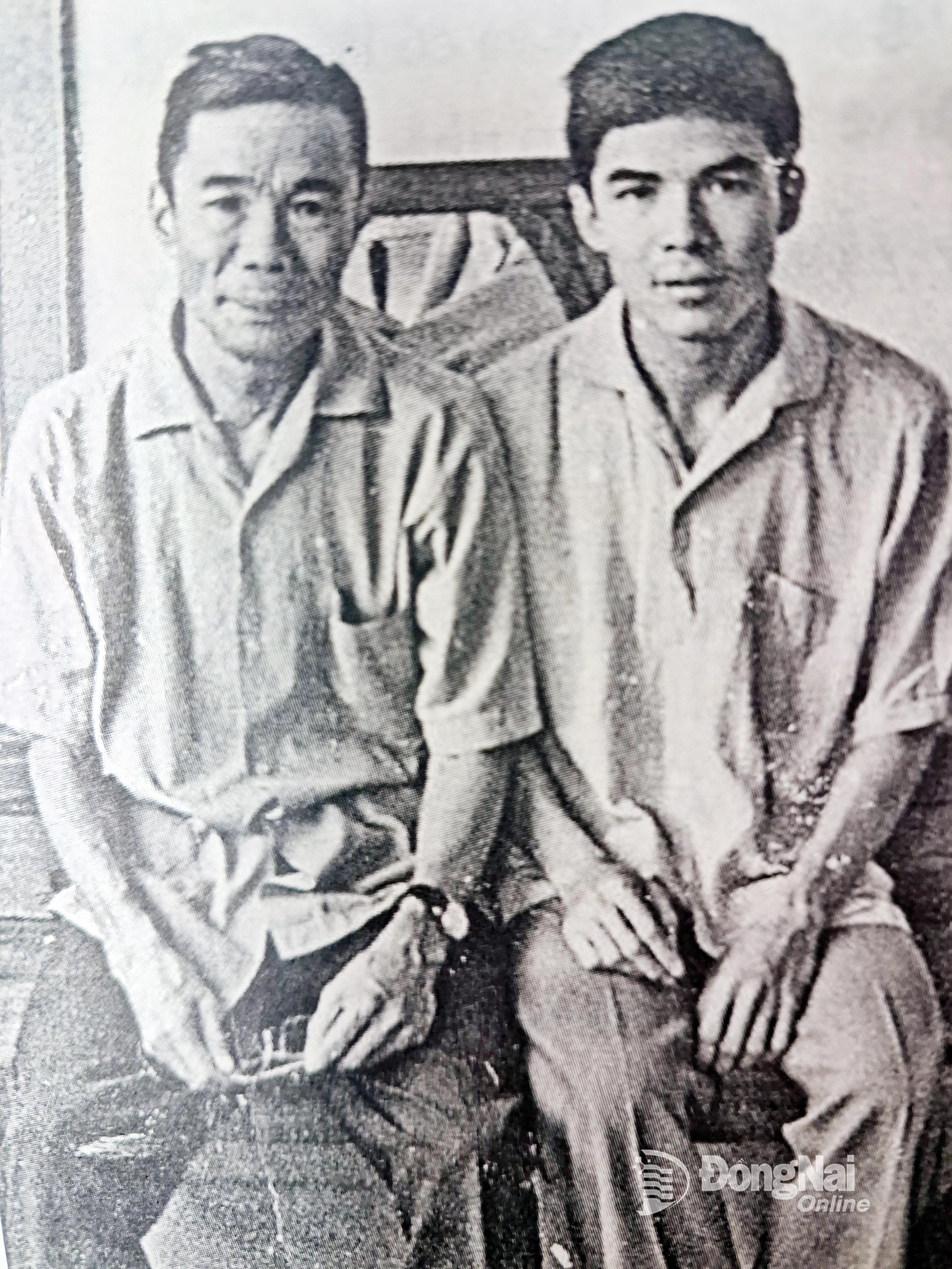 |
| Liu Ting Chao and his father reunited after 21 years. |
There was a famous figure who spent his childhood in Thanh Crossroads, and left this place to fight the resistance at the age of 15. That was Senior Lieutenant General Bui Thien Ngo - former member of the Politburo, former Minister of the Ministry of the Interior (now the Ministry of Public Security). Mr. Bui Thien Ngo's father was Mr. Bui Van Xuan, originally from Thai Binh, working as a journalist. Around 1928, Mr. Xuan brought his wife, Ha Thi Sanh, from Hanoi, to Saigon to start a career. Due to difficulties, after giving birth to their first son, Bui Thien Ngo, at Tan Dinh maternity hospital, the family moved to Bien Hoa. They rented a small house in front of Thanh Tay land (between Thanh Crossroads - Doc Soi, at the beginning of the slope of Hung Dao Vuong street adjacent to Phan Dinh Phung street) to live. Mrs. Sanh made pork rolls to sell at Bien Hoa market, Bui Thien Ngo studied at Nguyen Du Primary School. In 1940, Mr. Xuan died after the Southern uprising failed. 4 years later, from Thanh Crossroads, student Bui Thien Ngo secretly "set off".
Bui Thuan
Source: https://baodongnai.com.vn/dong-nai-cuoi-tuan/202510/nga-ba-thanh-ngay-ay-3262337/




![[Photo] Nhan Dan Newspaper displays and solicits comments on the Draft Documents of the 14th National Party Congress](https://vphoto.vietnam.vn/thumb/1200x675/vietnam/resource/IMAGE/2025/10/26/1761470328996_ndo_br_bao-long-171-8916-jpg.webp)

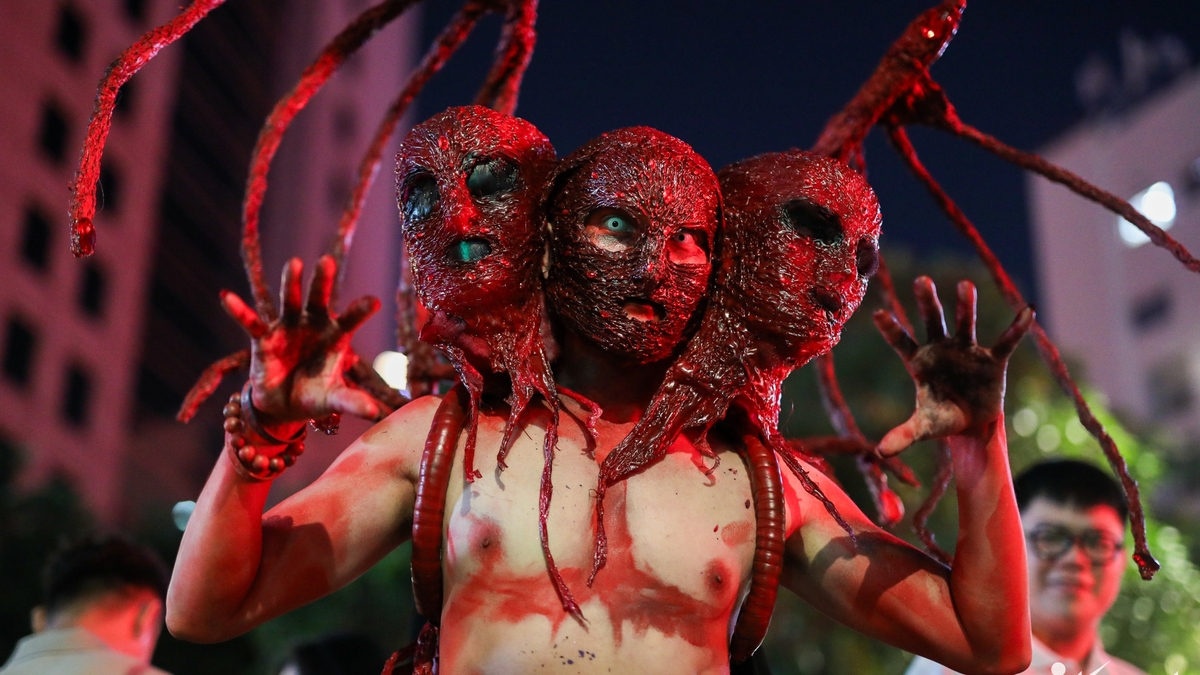

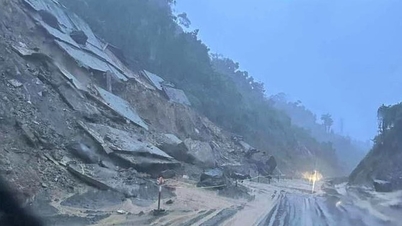


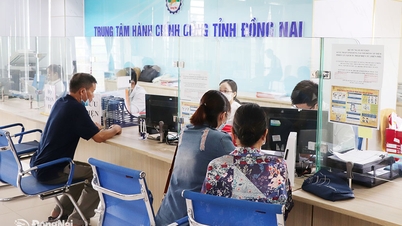

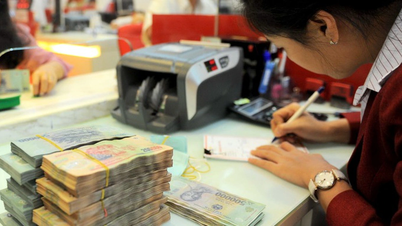


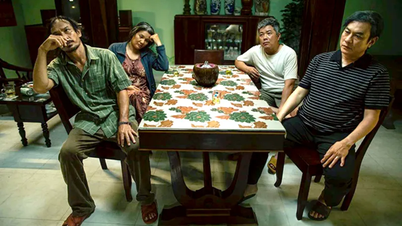


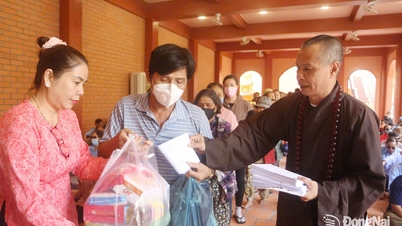
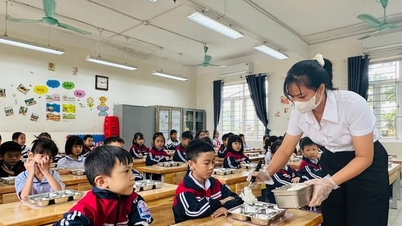

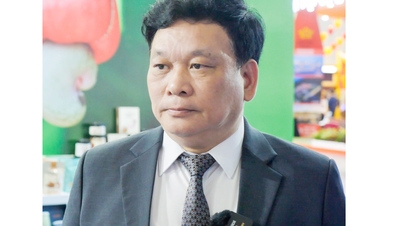
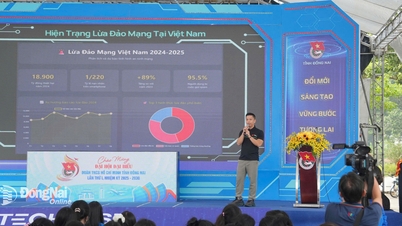




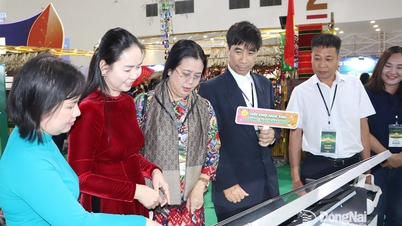
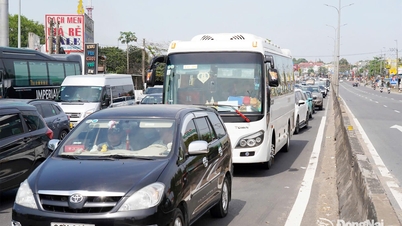


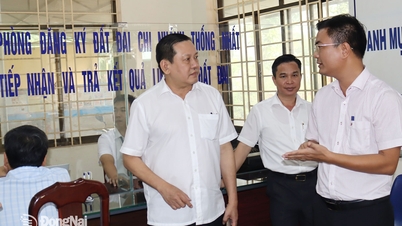
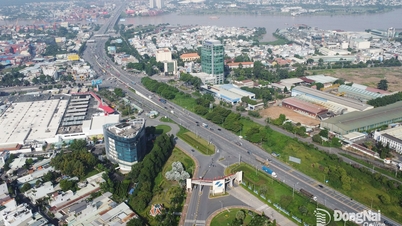
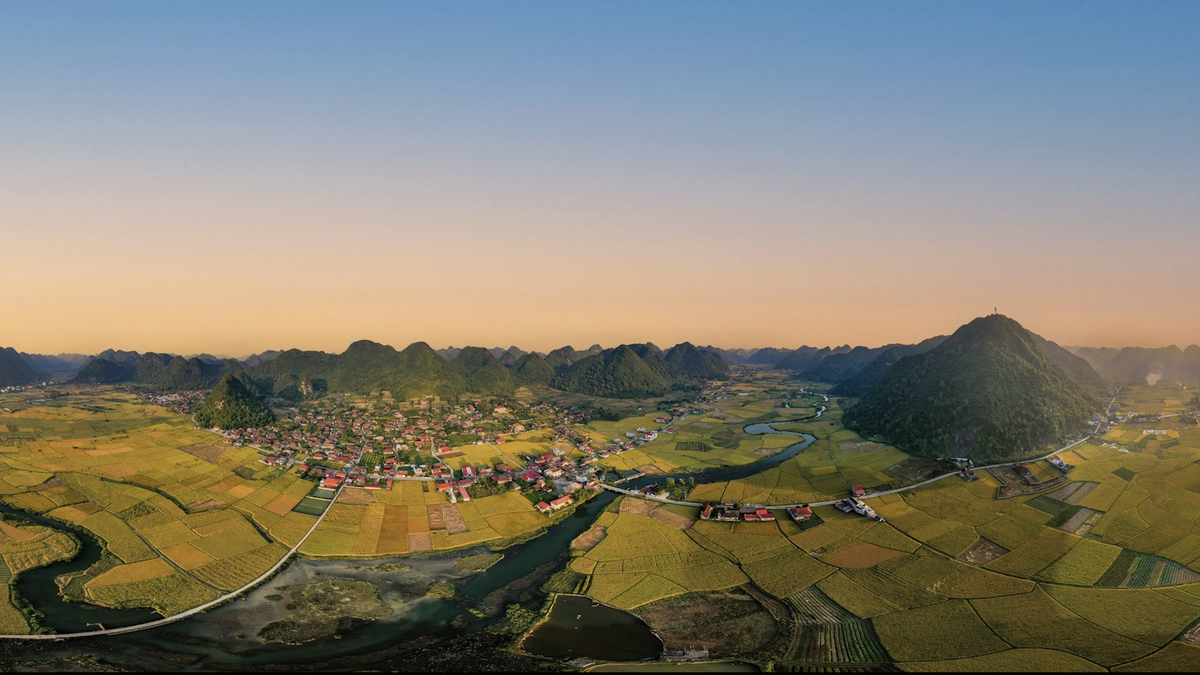
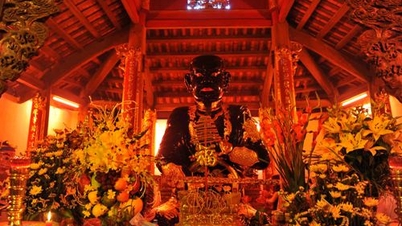

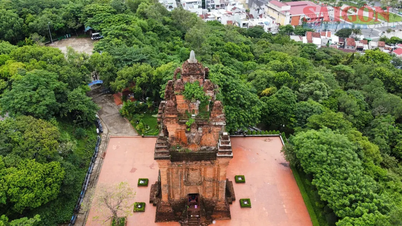







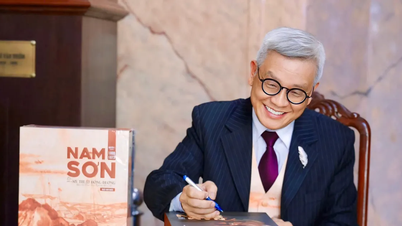
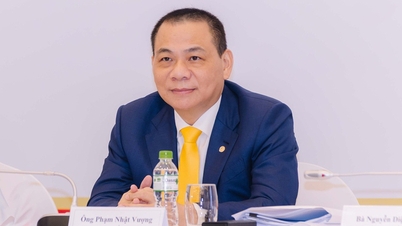


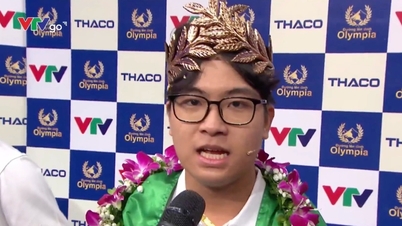

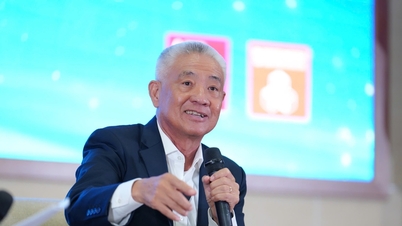
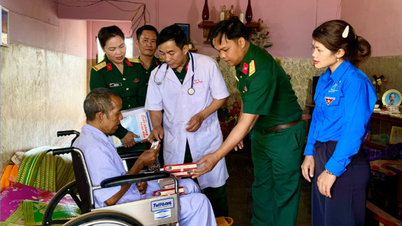


















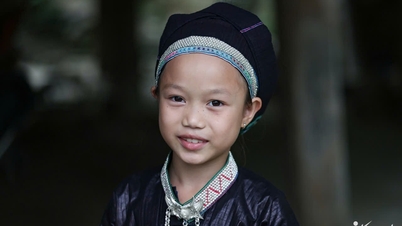

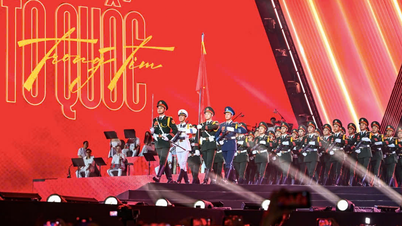

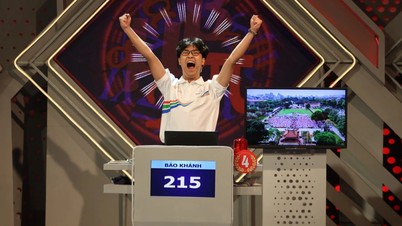

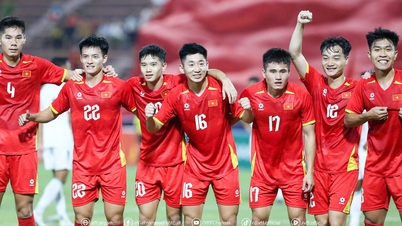
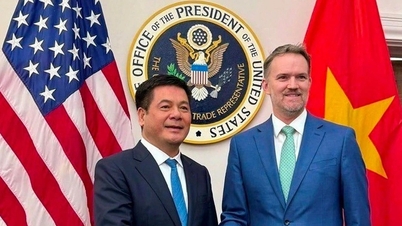


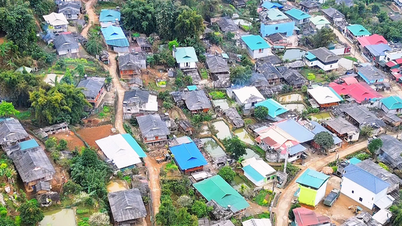
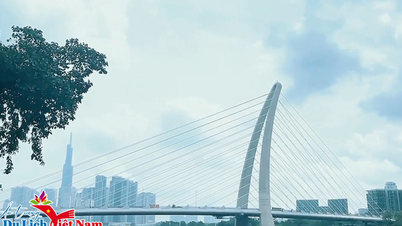
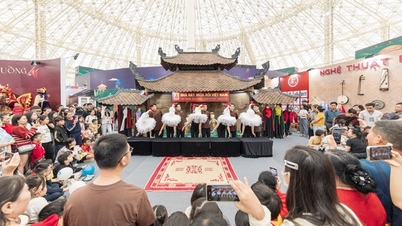
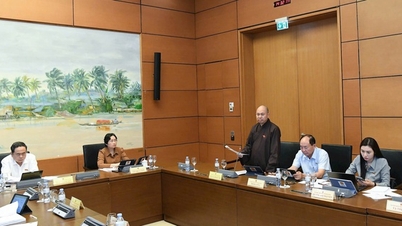
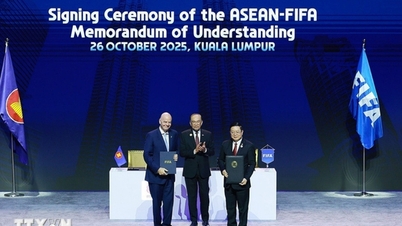


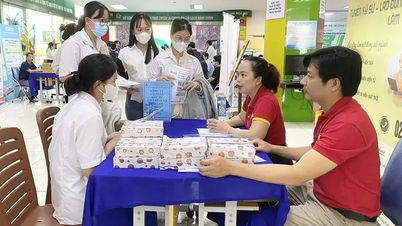
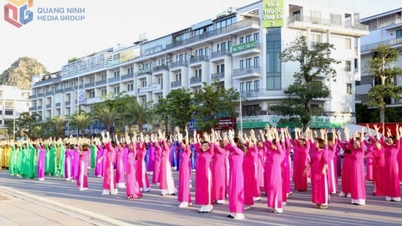


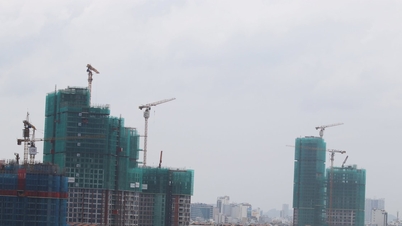















Comment (0)